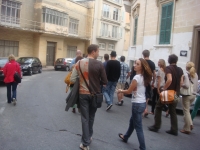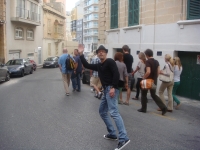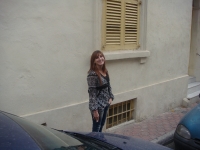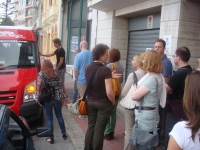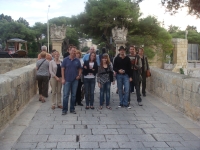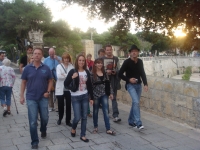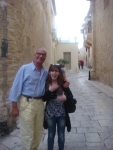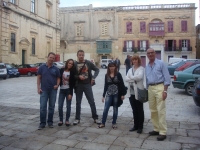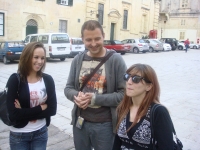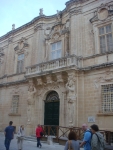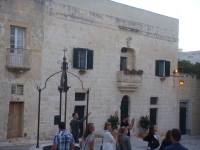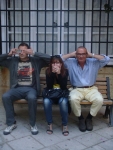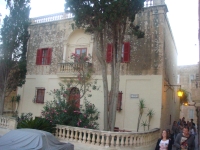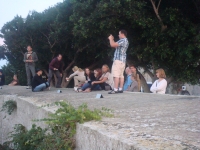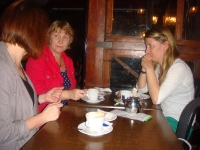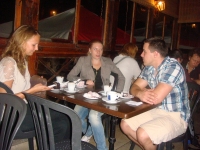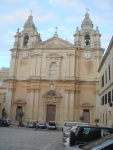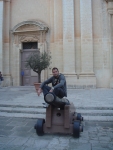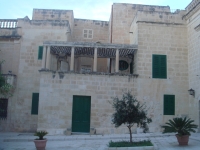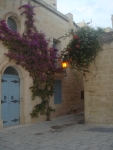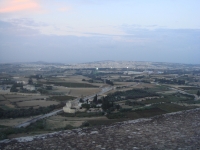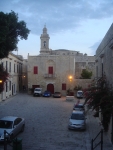One of Maltalingua’s students’ favourite places to visit, is the old capital city, Mdina: the city of many names. The name Mdina originates from the Arabic word Medina, meaning The City of the Prophet. It was given this name during Arab reign.
Situated on a hill, Mdina, developed into a typical Medieval town, surrounded by bastions which were most probably first built by the Phoenicians around 700 BC. During the Phoenician reign, Mdina was called Maleth. Malta became a Municipium and the Roman Governor built his palace in Mdina when it was under the Roman Empire.
In this beautiful town bursting with history, buildings dating from the Norman period still survive and are well looked after. Mdina was further fortified during the Norman Empire when the Normans surrounded the city with thick defensive fortifications and a wider moat.
Nicknamed The Silent City, Mdina is inhabited by about 300 residents only. Traffic is limited very strictly to residents. This enchanting city has seen important ceremonies along the years, including the swearing in of each of the Grand Masters of the Order of St John (Knights of Malta).
In 1693, Malta was hit by a strong earthquake and parts of the city of Mdina had to be rebuilt. It was the time when the Baroque Design was being introduced and the “new” buildings eventually blended in with the city’s scape.
Today’s Mdina hosts many museums, which are all worth visiting. Most palaces serve as private residences but others, like Palazzo Falson, popularly known as the ‘Norman House’ is open for visitors.
The 18th century Magisterial Palace of Justice today hosts the Museum of Natural History. Originally housing the Università, (Local Government) in this museum some of the most historically important mineral and rock collections are found. There are collections of birds, bird’s eggs and nests, mammals, fish species, local and exotic shells and insects.
Another important museum is the impressive Cathedral dedicated to the Conversion of St Paul which was almost totally destroyed in the earthquake. Less than 10 years after its collapse, a new baroque church was erected in its place.
What used to be the Magisterial Vilhena Palace, now houses The Mdina Dungeons. This audio visual presentation relates tales of the dark side of Malta’s history.
Narrow streets and alleys, along with charming cafeterias and a magnificent aerial view of Malta from its highest peak, Mdina is definitely a must see. No wonder, Maltalingua ensures it is on top of its activities agenda.
Written by Katrin Risiott

